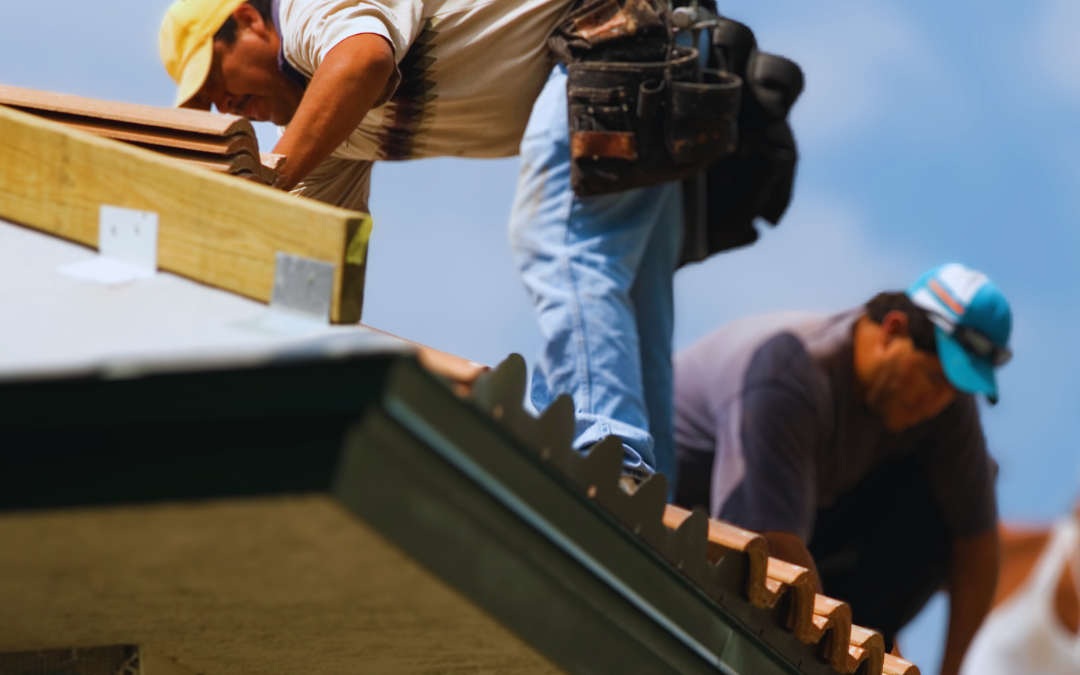Introduction
Protecting Your Home from the Drips and Drops
Your home’s roof stands as the first line of defense against the elements, shielding you from rain, snow, and the scorching sun. Yet, over time, even the most durable roofs can develop leaks, allowing unwanted water to penetrate your sanctuary. Understanding what causes these leaks and how to spot them early can be the key to preventing costly damage and preserving the integrity of your home. In this article, we’ll explore the common culprits behind roof leaks and provide guidance on identifying them before they become a major headache.
Common Causes of Roof Leaks
1. Damaged Shingles:
- Cause: Missing, cracked, or curling shingles can expose the underlying roof structure to water.
- Identification: Inspect your roof for visibly damaged or displaced shingles. Look for granules in your gutters, as this may indicate shingle deterioration.
2. Flashing Problems:
- Cause: Inadequate or damaged flashing around roof penetrations like chimneys, vents, and skylights can allow water infiltration.
- Identification: Check for loose, damaged, or missing flashing around these areas. Look for signs of rust or corrosion.
3. Clogged Gutters and Downspouts:
- Cause: When gutters and downspouts are clogged with debris, rainwater can overflow and seep under the roof edge.
- Identification: Regularly clean your gutters and downspouts, especially after heavy storms, to ensure water can flow freely.
4. Roof Valley Issues:
- Cause: Valleys, where two roof planes meet, are prone to leaks if not properly sealed.
- Identification: Inspect the valleys for signs of wear or gaps in the roofing material. Look for water stains on the ceiling inside your home.
5. Ice Dams:
- Cause: Poor insulation and ventilation in the attic can lead to ice dams, which force melting snow under the shingles.
- Identification: Watch for the formation of icicles and ice dams on your roof during winter. Address attic insulation and ventilation issues to prevent them.
6. Age and Wear:
- Cause: Over time, roofing materials deteriorate naturally, leading to leaks.
- Identification: Consider the age of your roof. If it’s nearing the end of its expected lifespan, be vigilant for signs of wear and tear.
Spotting Roof Leaks Early
Early detection can save you from extensive damage and costly repairs. Here’s how to spot roof leaks before they worsen:
Inspect Your Attic: Check for water stains, dampness, or mold in the attic, especially after heavy rainfall.
Examine Your Ceiling: Look for water stains or discoloration on your ceilings and walls.
Check the Roof Exterior: Regularly inspect your roof for damaged or missing shingles, flashing problems, or signs of wear.
Monitor Your Gutters: Keep an eye on your gutters for granules from shingles and ensure they are clean and flowing properly.
Schedule Professional Inspections: Regular roof inspections by a professional roofing service can catch issues early and prevent leaks.
Conclusion
Knowing what causes roof leaks and how to spot them is essential for maintaining a dry and protected home. While some issues can be addressed with DIY fixes, it’s often best to consult with a roofing professional to ensure a thorough assessment and proper repairs. By staying vigilant and addressing issues promptly, you can keep your roof in top shape and your home safe from the drips and drops of water infiltration.

